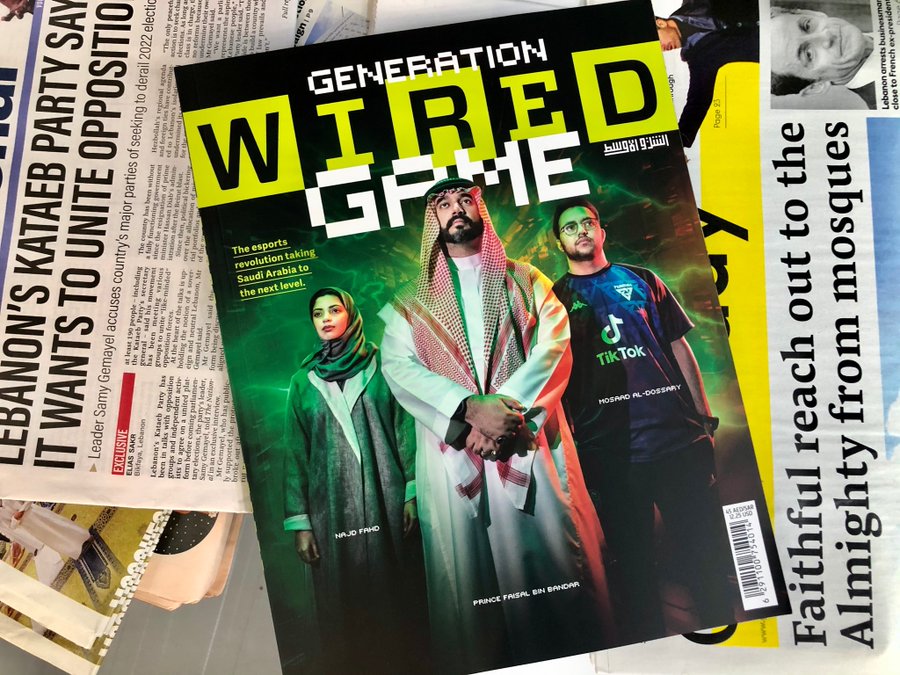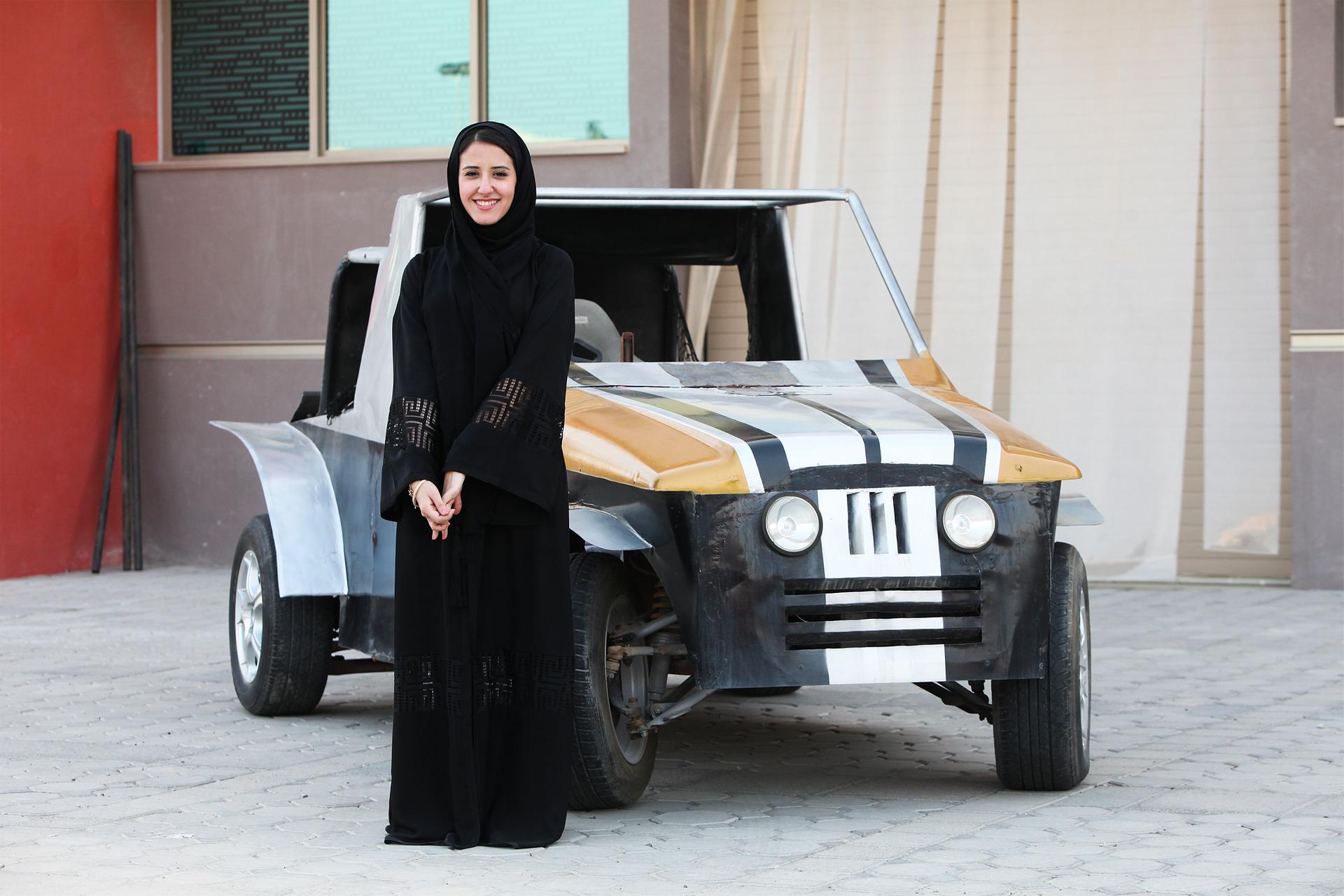I originally wrote this article for the Autumn 2020 issue of WIRED Middle East magazine
In the 2001 rom-com Serendipity, a love-struck John Cusack and Kate Beckinsale engage in a cosmic test to measure their compatibility. Instead of simply swapping phone numbers, one of them writes their number on the back of a $5 bill, the other on the inside of a book cover, and they send them off out into the world. If they are meant to be together, fate will dictate that their paths will cross again. Spoiler alert: they are, it does, and they do. While it’s no Citizen Kane, the message is clear: some things in life are best left to chance. A bit schmaltzy, sure. But there’s some truth in there too.
In today’s world where the shows we watch, the things we read, and the products we buy are increasingly influenced by algorithms, these moments of serendipity are becoming rarer than ever. Platforms like Facebook, Amazon and Netflix know so much about us, yet their view of us can be surprisingly narrow. Or at least that’s how it seems when you look at how they act on this information, primarily showing us recommendations based on things that they know we already like. Oh, you liked the Facebook page of a certain politician? Here’s a bunch of Facebook pages for affiliated political groups. Watched a horror movie on Netflix lately? Here’s a hundred other horror movies. Searched for a smartphone on Amazon? Feast your eyes on a thousand similar smartphones that follow you around the web waving at you from every page you visit. Just like the way you might find yourself in an online filter bubble surrounded by like-minded people because of the content you interact with, you can also end up in a loop of the same type of stuff being recommended to you again and again. But we are not as one dimensional as the algorithms might wish we were. Sometimes all we really need is something a bit different. TikTok is one of the few platforms that seems to understand this.
The Chinese video-sharing social network is getting a lot of press these days, what with the US President threatening to shut it down and all. But it’s only got such a spotlight on it because of how big it has gotten so fast. According to the company’s recent numbers, the app has been downloaded over 2 billion times globally, with about 50 million daily active users in the US alone, all in the space of just three years. It’s become such a phenomenon that it’s spawned a raft of copycats, most notably one from Instagram called Reels. But, while some of these imposters might look on the surface to do a similar job as TikTok, they can’t replicate what’s under the hood; the content discovery algorithm. Popular content gets distributed across TikTok in the For You feed which is algorithmically tailored to show clips that suit each user’s interests and behaviour. This is TikTok’s not-so-secret weapon. And serendipity plays a big role in how it works.
Earlier this summer TikTok gave the public a sneak peek at how its algorithm personalises content for each user in a post on the company’s blog. A lot of the signals it takes into account are pretty standard across most social media platforms: your stated interests, the accounts you follow, the content you create and interact with, and whether you watch a video to the end. But one of its tactics stands out – TikTok throws regular curve balls at its users, purposefully putting content into your feed that it has no indication that you might like:
To keep your For You feed interesting and varied, our recommendation system works to intersperse diverse types of content along with those you already know you love. …Sometimes you may come across a video in your feed that doesn’t appear to be relevant to your expressed interests or have amassed a huge number of likes.
This is an important and intentional component of our approach to recommendation: bringing a diversity of videos into your For You feed gives you additional opportunities to stumble upon new content categories, discover new creators, and experience new perspectives and ideas as you scroll through your feed.
TikTok tries to find a balance between suggesting content that’s relevant to you while also helping you find content and creators that you might not otherwise come across based on your previous behavior. Diversity and variation is key in guiding users away from the dreaded filter bubble, not to mention keeping things interesting and fresh. It’s what broadens a user’s horizons and keeps them coming back for more. Many of us will be familiar with the unfulfilling drudge of scrolling through the Facebook or Instagram Feed and seeing the same type of predictable and repetitive content over and over again. But if the feed stops being a surprising and interesting place to be, users will get bored. This is something that TikTok seems to be acutely aware of. And it’s proving to be a significant competitive advantage in getting users hooked on the platform and keeping them engaged. Variety is the spice of life. When it comes to finding something new, sometimes it’s best to roll the dice. Who knows what you might get.



